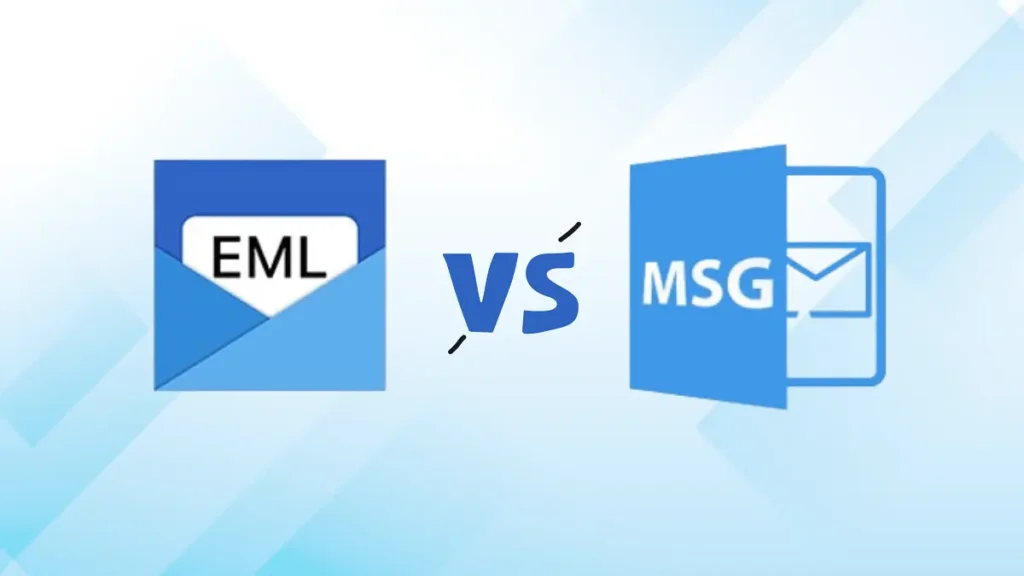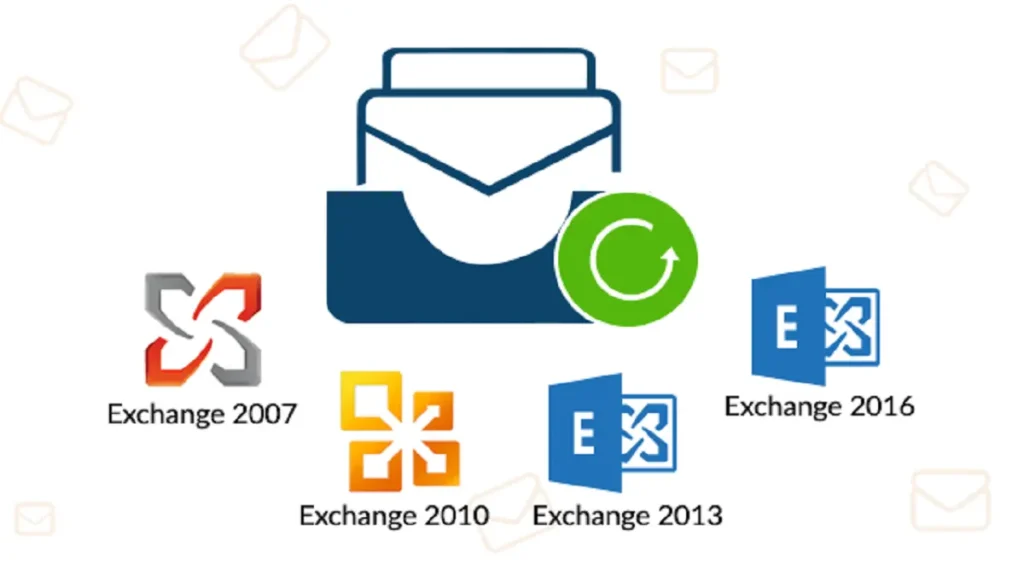Ever stared at an email address and wondered, “Wait, who even is my email provider anymore?” It happens to the best of us. Between Gmail, Yahoo Mail, Outlook.com, and a growing number of domain-specific addresses, keeping track can be tough.
But fear not, fellow internet citizen! This guide will equip you with the knowledge to identify your email service provider (ESP) in a flash. We’ll explore three methods, so you can pick the one that best suits your comfort level.
Method 1: The Email Address Detective
This is the simplest method. Look at your email address. The part after the “@” symbol identifies your ESP. Here’s a quick breakdown:
- Gmail: @gmail.com
- Yahoo Mail: @yahoo.com
- Outlook.com: @outlook.com
- iCloud Mail: @icloud.com
- Domain-specific email: If your email ends with something like @yourcompany.com, it likely uses a separate provider for business email.
Method 2: The Email Client Whisperer
If you access your email through a program like Outlook or Apple Mail, this method is for you.
For Outlook:
- Click “File” > “Info” > “Account Settings”.
- Double-click on your email account.
- The “Incoming mail server” or “IMAP” field will usually reveal your ESP.
For Apple Mail:
- Go to “Preferences” > “Accounts”.
- Select your email account.
- The “Account Type” field should indicate your ESP.
Method 3: The MX Record Investigator (For the Tech-Savvy)
This method involves a technical term: MX records. These records tell the internet where to deliver your emails. If you’re comfortable, you can use a free online MX record lookup tool. Just enter your domain name (everything after the “@” symbol) and the tool will display the email provider associated with it.
Still Stuck? No Problem!
If you’re using a less common email provider or these methods leave you puzzled, don’t hesitate to contact your email provider’s customer support. They’ll be happy to help you identify your ESP.
Related blog: Get Revenge from Email Spammers Who Sign You Up for Spam
Bonus Tip: Knowing Your Email Service Provider
Understanding your ESP can be helpful in various situations. For instance, if you’re experiencing email sending or receiving issues, knowing your ESP will guide you to the right troubleshooting resources.
So next time you’re unsure about your email service provider, remember these methods! You’ll be a pro at email sleuthing in no time.
Frequently Asked Questions
I don’t recognize my email address at all! What could be going on?
A: There are a couple of possibilities. Maybe someone else set up the email for you (like a parent for a child), or it could be an old account you’ve forgotten about. If it’s important to recover the account, try searching for the email provider based on any clues you have (like where you might have created it). You can also search the web for the email address itself to see if it pops up in any public records.
My email address ends in @mycompany.com. Does that mean my company is the ESP?
A: Most likely, yes. Many businesses use a separate email service provider to manage their company email accounts. This allows for features like centralized administration, security controls, and often more storage space than free personal accounts.
Is there a way to find out how much storage space my email has?
A: Absolutely! Log in to your email web interface (like Gmail.com or Yahoo.com). Settings or account information menus will usually show you how much storage you’ve used and how much is available.
I’m thinking of switching email providers. What should I consider?
A: Great question! When choosing a new ESP, consider factors like storage space, features (like calendars or note-taking tools), mobile app availability, and of course, cost (free vs paid plans). Think about how you use email and choose a provider that best suits your needs.
Help! I found out my email provider is going out of business! What do I do?
A: Don’t panic! Most email providers will give you plenty of warning and offer migration tools or instructions to help you move your email data to a new provider. In the meantime, start researching new ESP options to make a smooth transition.




